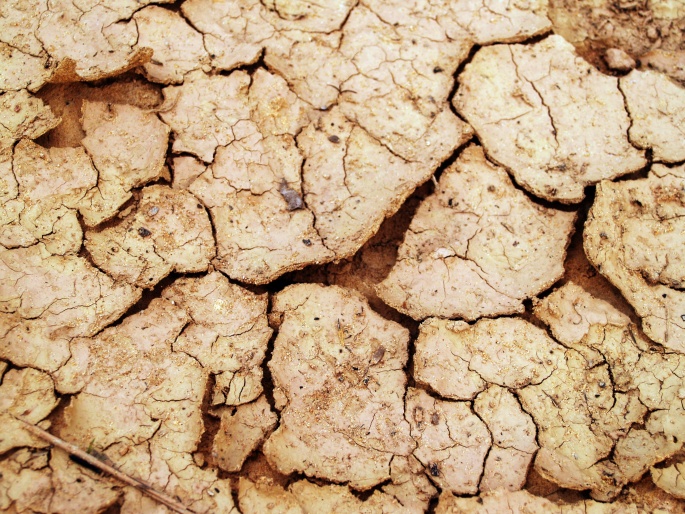AGROVOC features in a comparative study on online environmental knowledge resources

Recently AGROVOC appeared in an article of the International Journal of Lexicography (IJL). The article describes and compares a set of 18 online bilingual or multilingual specialized resources on the environment to evaluate their usefulness for translation. This analysis focused on how each resource deals with access to phraseological information and the description of the information given for both the source term and the translated term(s).
The headword ‘erosion’ was used for purposes of comparison. This article could also suggest us ways to improve AGROVOC. Readers can also suggest improvements via our e-mail.

Photo by Pixabay licensed under CC0 License
AGROVOC is a controlled vocabulary covering all areas of interest of the Food and Agriculture Organization (FAO) of the United Nations, including food, nutrition, agriculture, fisheries, forestry, environment etc. It is published by FAO and edited by a community of experts. AGROVOC consists of 36,000+ concepts available in up to 33 languages. Currently, AGROVOC is an SKOS-XL concept scheme, and a Linked Open Data (LOD) set.
AGROVOC is widely used in specialized libraries as well as digital libraries and repositories to index content and for the purpose of text mining. It is also used as a specialized tagging resource for knowledge and content organization by FAO and other third-party stakeholders.
What you may not know is that AGROVOC is often studied by researchers looking at areas such as thesauri, information retrieval, linked data, semantic approaches and more. To learn more about these studies, visit the AGROVOC Publications page.

